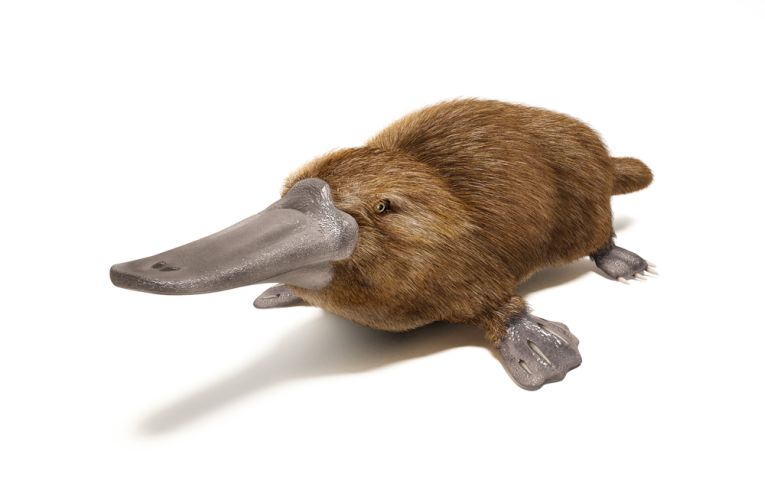Using New Zealand as a case study is possibly a mistake for this paper in the journal, Biological Conservation.Joseph R. Bennett from CEED (the Centre of Excellence for Environmental Decisions), in the University of Queensland and colleagues from the University of Pennsylvania, Imperial College London, the Wildlife Conservation Society (US) and New Zealand are trying to budget the process of maintaining threatened species by modelling priorities. The trouble is, this type of approach reeks of governmental interference, even if that Hydra has yet to rear its ugly head.
The problem revolves around the perennial shortage of funds for conservation. Depending partly on government funding, as well as private conservation charities, sacrifices have to be made with choices sometimes between maximising a species numbers or conserving genetic diversity. People who choose these priorities at the moment possibly need some training in this area, but they have the hand on the pulse of local issues, so it is impossible to generalise about all conservation.
Protocol, whatever that is, is now causing distinctive evolutionary situations to be prioritised. Of the 700 most threatened in New Zealand, there are trade-offs with costs, and the risk of failure in some instances. Nobody wants waste, but attempts to save an individual or two from a virtually extinct species could end up as a total loss. The idea is to vary the emphases on distinctiveness and give some priority to species numbers and the conservation of enough diversity. Conservation agencies have their own ideas, of course, with species numbers one of their major aims. Species groups that achieve an effective balance between diversity of species and their numbers get the priority in this study.
Dr Bennett notes that there are few relatives left for the very distinctive species such as the monotremes. In his tree of life, they stick out as a small twig near the base of the trunk! The genome of the platypus or the echidnas contain unique alleles that probably include useful information for all mammal genetics, including our own. The hundreds of millions of years involved in these animal’s evolution can hardly be matched by other species that may become extinct because of lack of protection. We do lose many unnoticed species every day. In the endless onslaught on forests and oceans, distant mountains and other wild places.
So the more unique your genes, the more likely you are to have millions spent on your conservation. A computer model simply expresses these ideas of cost, uniqueness and maintenance of maximum diversity. It is likely that such programmes can be quickly developed with various biases. Then we would be left with the same decisions to make.
From wilding Europe or North America to the plight of the fishing industries and the effects of environmental disaster, our current news on conservation is always up-to-date. Make your own mind up on multiple issues with a look at The Earth Times on Conservation.










